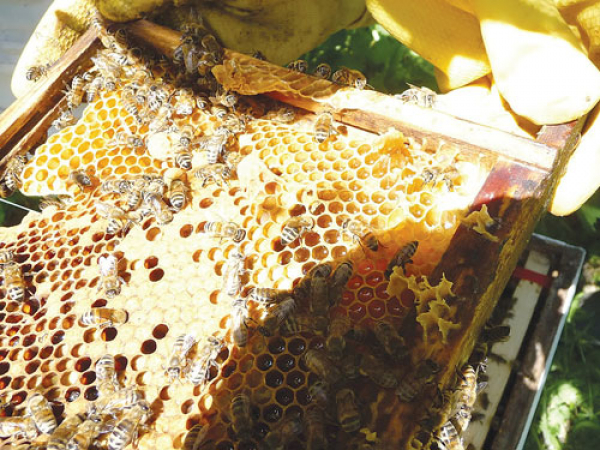A mystery disease is reportedly currently ravaging parts of the North Island bee population with reports of up to 80% death rates in some hives.
It is understood the problem is widespread throughout much of the North Island, with beekeepers as far south as Wellington reporting issues - although most appear to be in Waikato, Bay of Plenty and central North Island regions.
Apiarists are unsure of the exact cause or extent of the problem, but possible scenarios being discussed include resistant varroa mites, increased wasp predation or a disease that started in the kiwifruit pollination industry.
The huge bee death rates were confirmed by NZ Beekeepers Inc president Jane Lorimer.
She told Rural News that the full impact of the problem would not be known until spring.

 www.ruralnewsgroup.co.nz
www.ruralnewsgroup.co.nz
It is understood the problem is widespread throughout much of the North Island, with beekeepers as far south as Wellington reporting issues - although most appear to be in Waikato, Bay of Plenty and central North Island regions.
Apiarists are unsure of the exact cause or extent of the problem, but possible scenarios being discussed include resistant varroa mites, increased wasp predation or a disease that started in the kiwifruit pollination industry.
The huge bee death rates were confirmed by NZ Beekeepers Inc president Jane Lorimer.
She told Rural News that the full impact of the problem would not be known until spring.

Major sting for beekeepers
A mystery disease is reportedly currently ravaging parts of the North Island bee population with reports of up to 80% death rates in some hives. It is...



